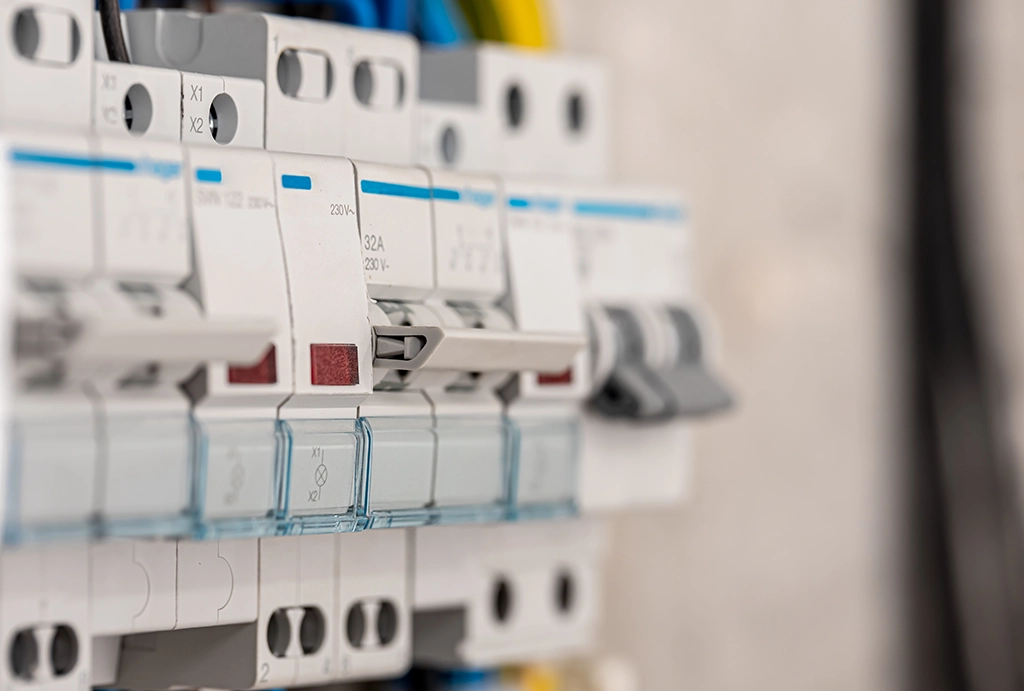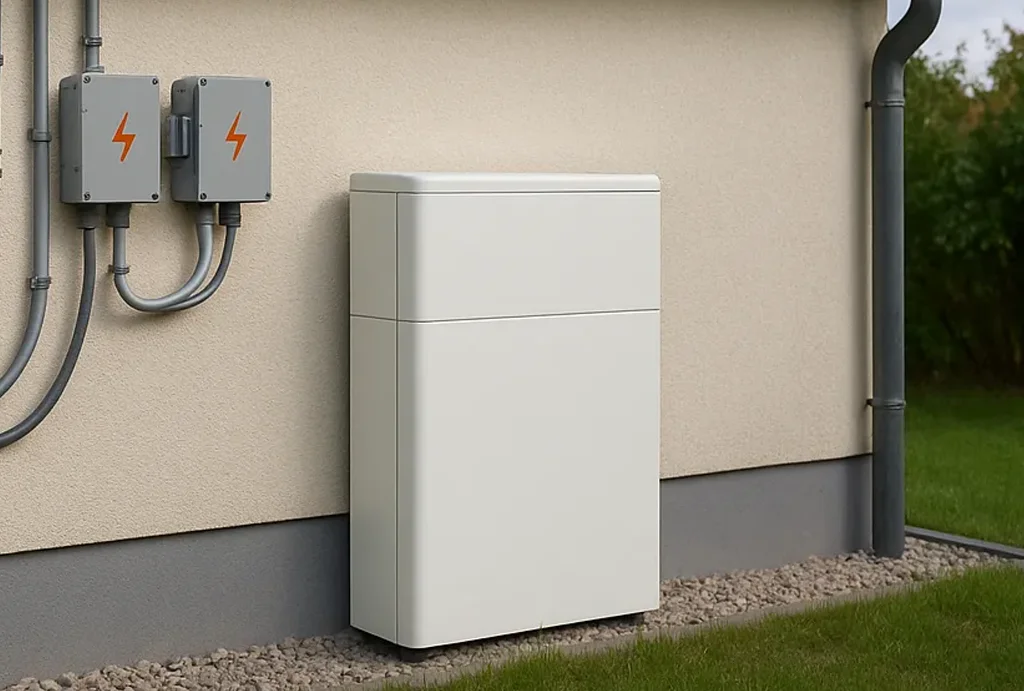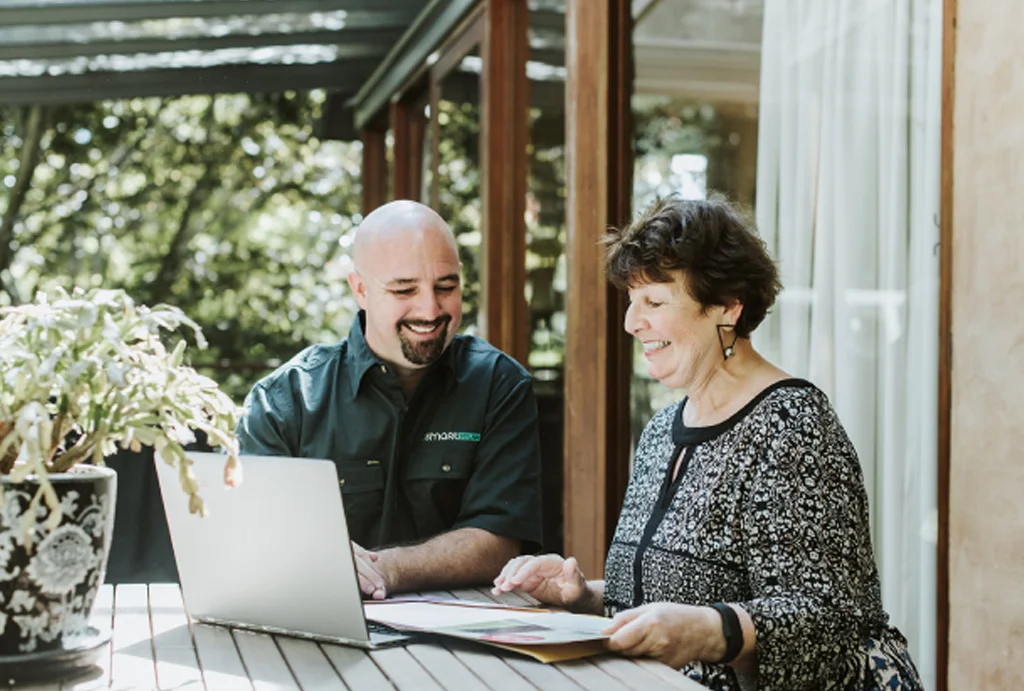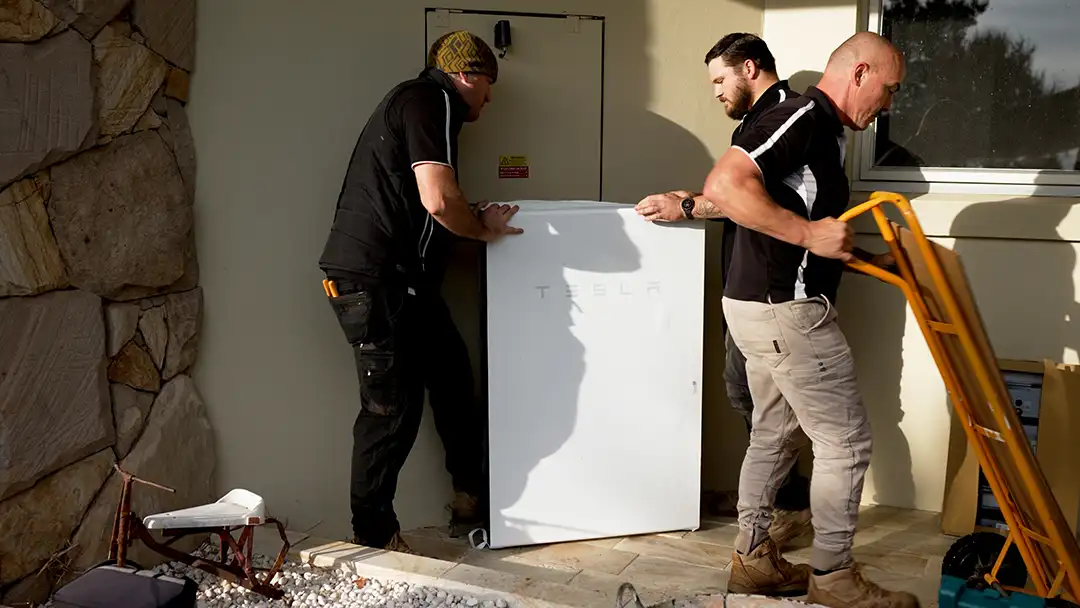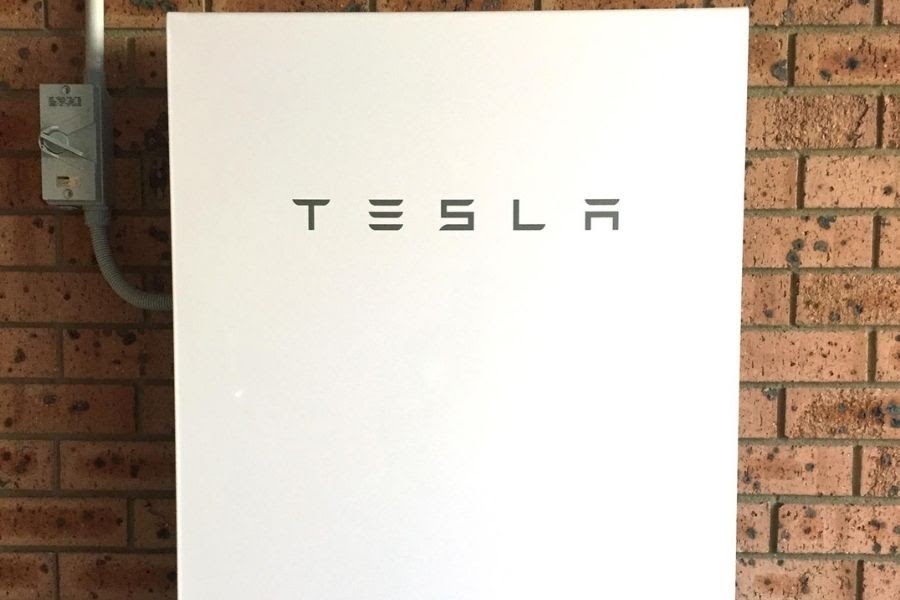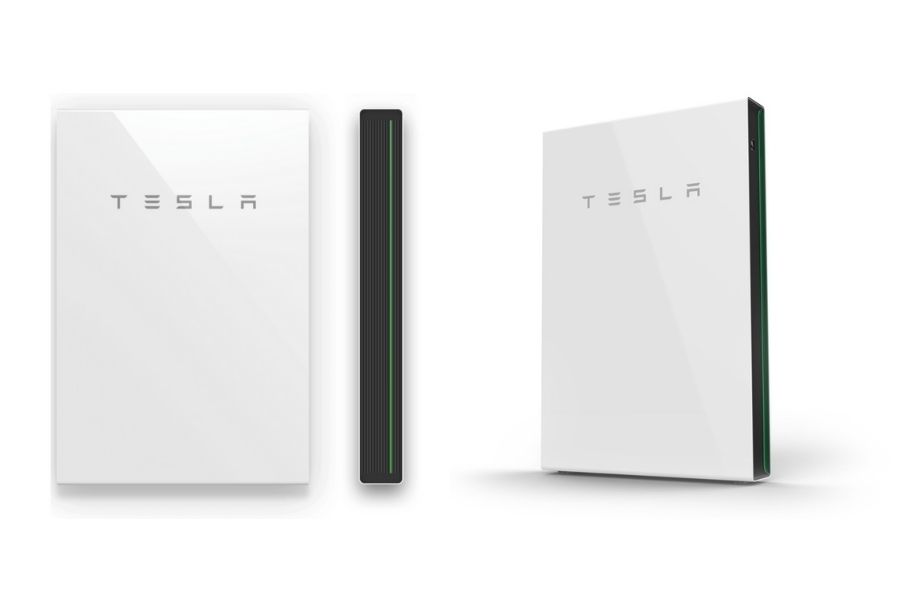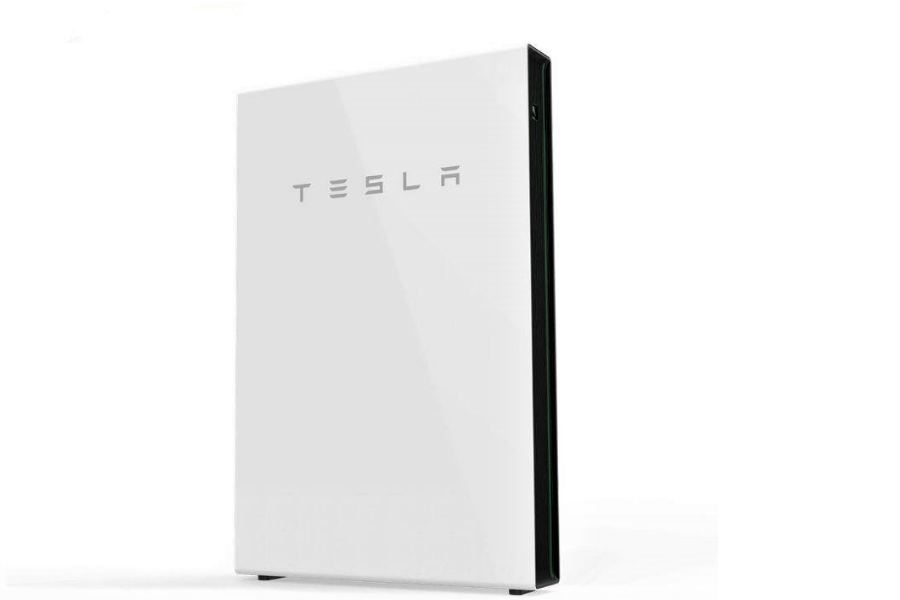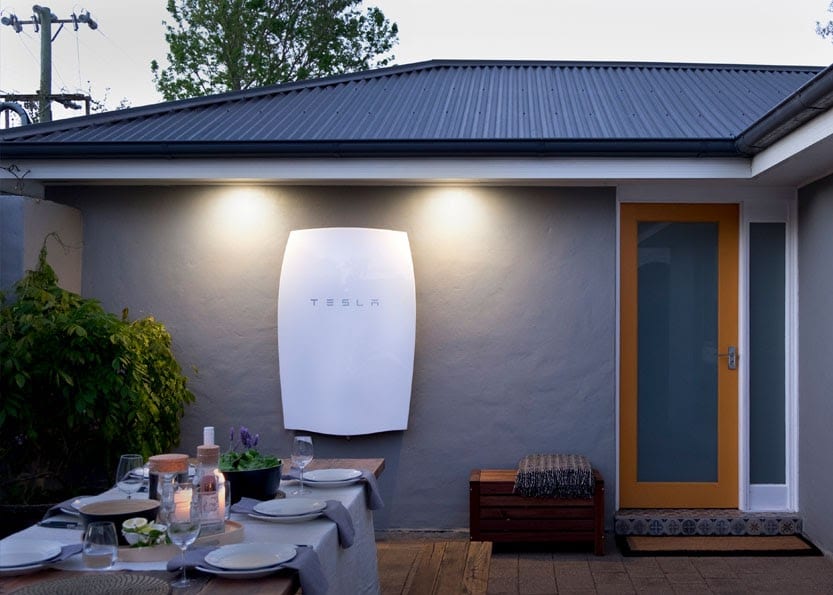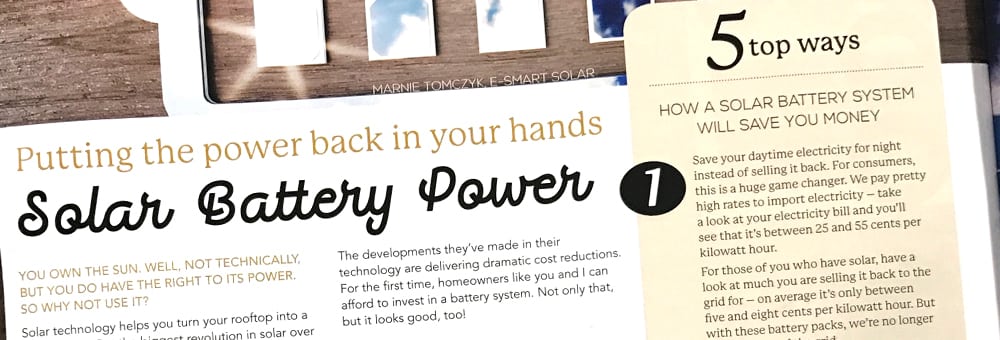Why It Matters When Adding a Solar Battery in Emu Plains
Many homes across Emu Plains and Western Sydney are adding solar batteries to reduce energy bills, stay powered during blackouts, and use more of the solar they generate. But before installing a battery, there’s one important question:
Is your home single phase or three phase?
This simple detail affects:
- What kind of battery setup you can have
- How much of your home can stay powered during outages
- Future upgrades like EV charging
- How much clean energy you can store
Here’s everything you need to know — explained for everyday households.
Single Phase Power — The Most Common in Emu Plains Homes
Most homes in Emu Plains run on single phase power — the simplest and most common connection type. It’s perfect for everyday energy needs and works well with most solar and battery systems.
Key points:
- Standard electricity setup in most suburban homes
- Ideal for typical household appliances
- Well-suited to small–medium solar battery systems
- Reliable and cost-effective for most families
Single phase usually suits:
- Family homes with regular appliance use
- Homes prioritising essential-load backup in outages
- People looking for quick payback and strong solar savings
Three Phase Power — More Power for Bigger Homes
Three phase provides more electrical capacity and supports higher power loads. You’ll see it more in high-energy households in Western Sydney — especially those with big ducted air-con systems or future EV plans.
Key points:
- Three supply lines instead of one → more capacity
- Can support larger solar + battery systems
- Improves performance for energy-hungry appliances
- Better suited to fast EV charging and future upgrades
Three phase usually suits:
- Larger or newly built homes
- Homes with swimming pools or workshops
- EV owners or full electrification plans
- Properties around Penrith, Cranebrook & the Blue Mountains foothills
How to Check Which One You Have
The fastest way is to look at your switchboard:
- One main breaker = Single phase
- Three main breakers = Three phase
Or:
- Check your energy bill
- Ask a local solar installer (we can confirm it during your quote)
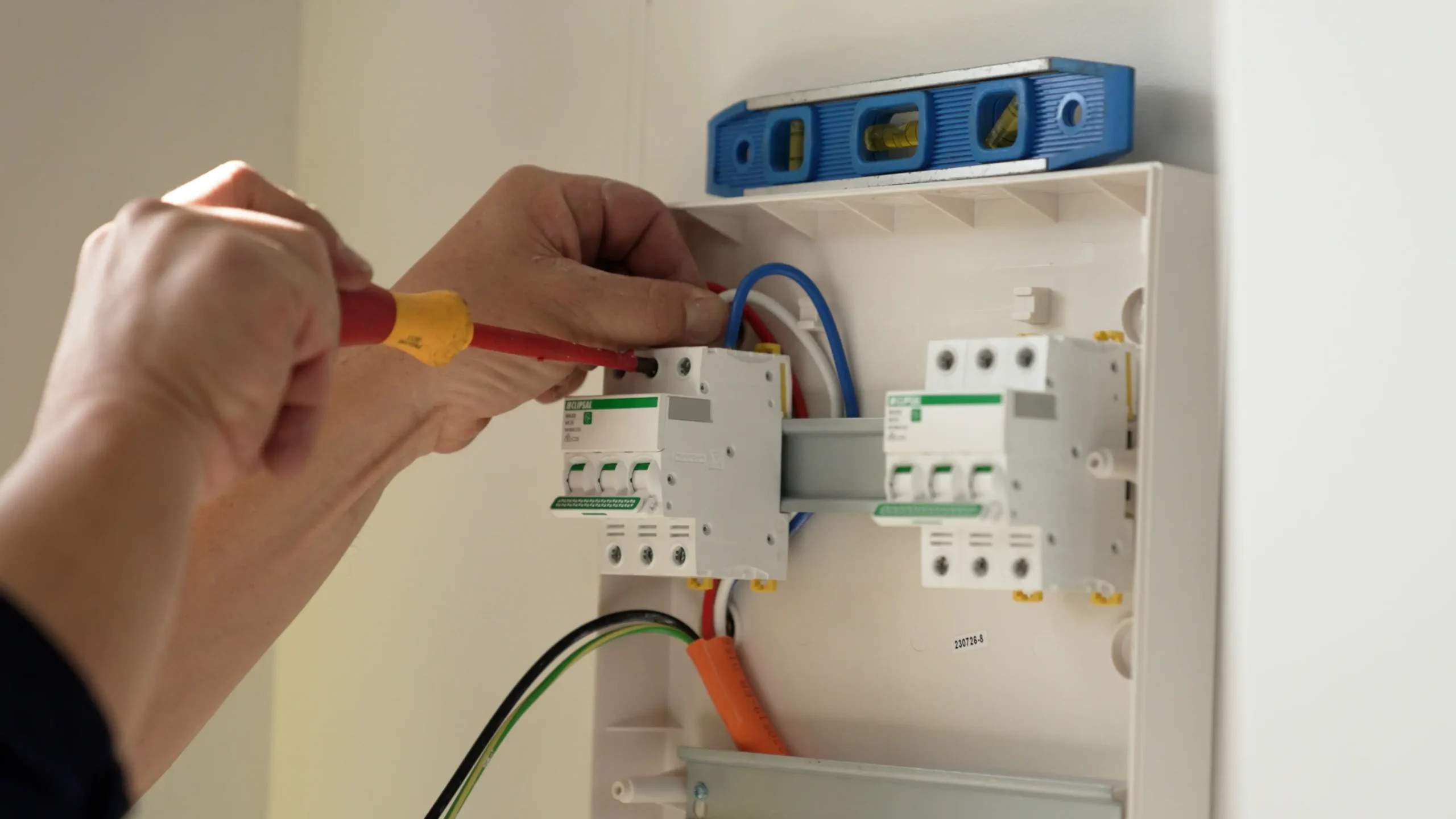
Why Your Phase Type Matters for Solar Batteries
Your power connection plays a major role in how your solar battery performs and what it can support. Knowing whether you have single phase or three phase helps determine the right battery size, installation approach, and how your home will behave during a blackout. It ensures you get a system that does exactly what you expect — without overspending or missing out on important features.
Blackout protection is one of the biggest differences: single phase homes can keep essential circuits running, while three phase systems may allow for more extensive or even whole-home backup. If you depend on air-conditioning, medical devices, or have high energy needs in the evening, this becomes especially important.
It also affects future-proofing. As more Western Sydney homeowners move toward EV charging, home electrification, and bigger appliances, three phase offers the flexibility to expand your solar and battery system over time. In short — understanding your phase type ensures your investment supports your lifestyle today and into the future.
Battery Size & Backup Capability
Both single and three phase homes benefit from solar batteries — the difference is how much flexibility each offers.
Single phase:
- Supports typical household essentials
- Strong protection against blackouts
- Affordable entry into home energy storage
Three phase:
- Room for larger batteries + more stored solar
- Ability to run more appliances during outages
- Better long-term upgrade potential
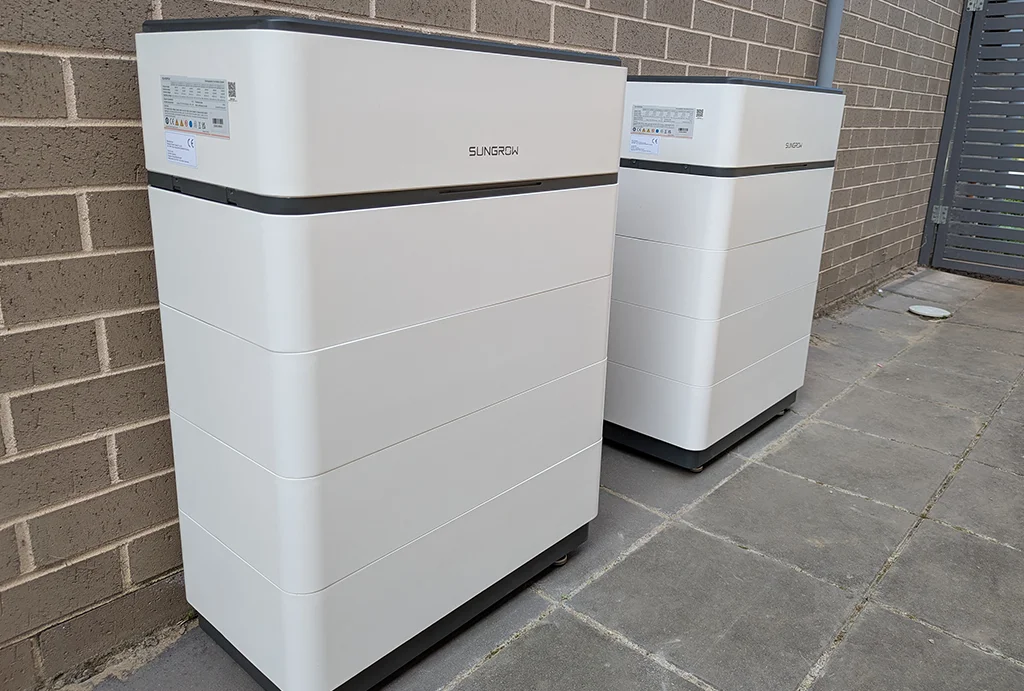
Do You Need Three Phase to Install a Battery?
No — solar batteries work perfectly with both single and three phase homes.
A simple rule of thumb:
| Household Type | Recommended Phase |
| Standard home with everyday loads | Single phase |
| Larger home or higher power usage | Three phase |
| EV owners or planning to electrify fully | Three phase |
Either option delivers major savings — the key is designing the right system for your home.
Quick Recap for Emu Plains
No matter your connection — a battery can help Emu Plains homeowners reduce reliance on expensive grid power and keep the lights on during outages.
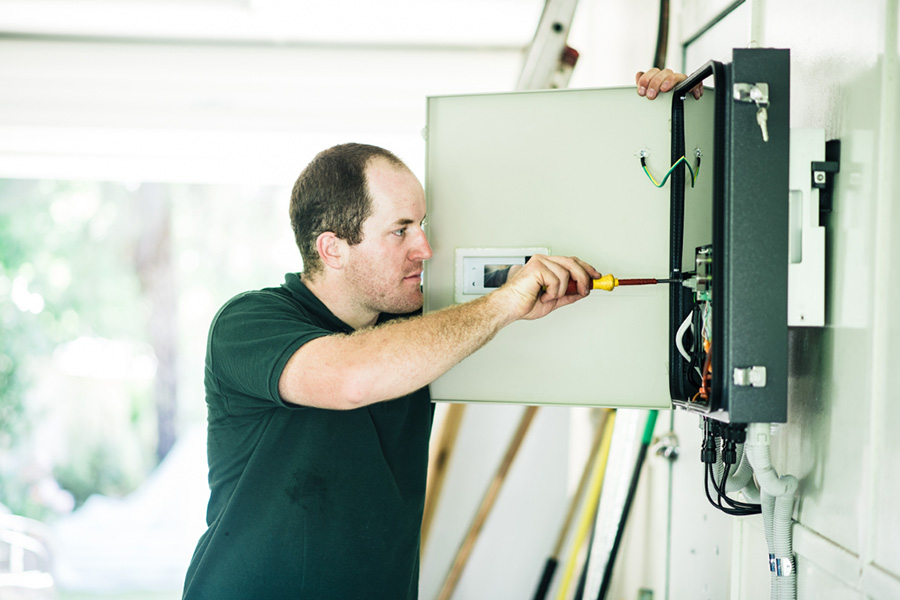
Get a Local Solar Battery Quote for Emu Plains & Western Sydney
We’ll take care of everything:
Servicing Emu Plains, Penrith, Glenmore Park, Cranebrook, Leonay, Blaxland & surrounds.

